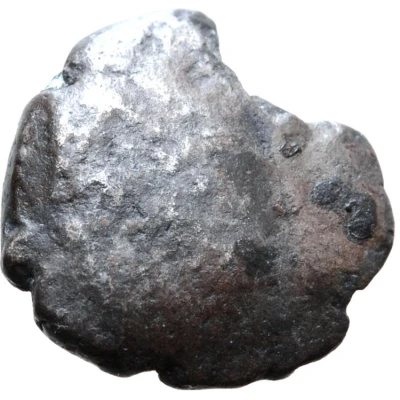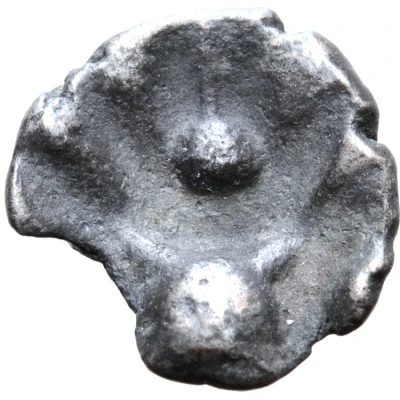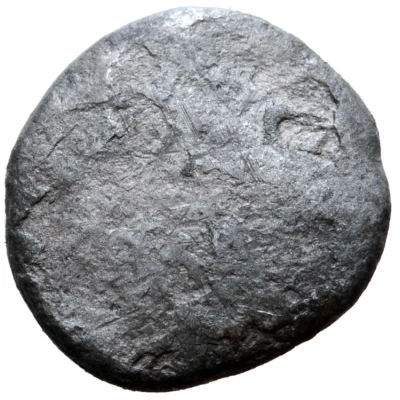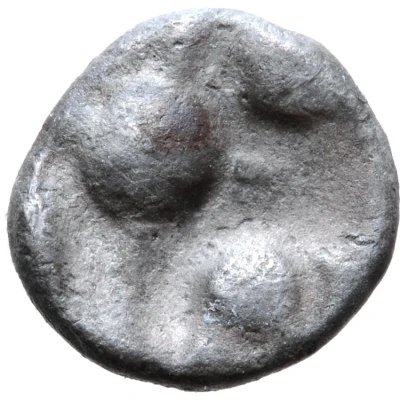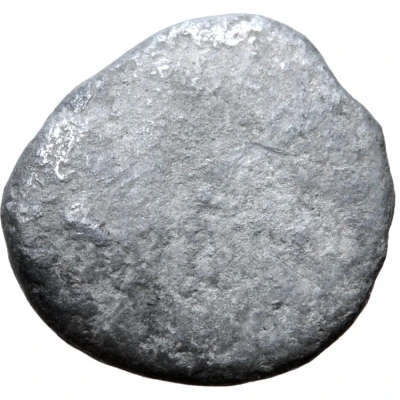
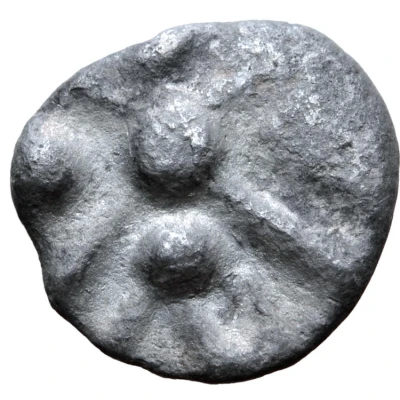

© Roma Numismatics Limited
Obol Magdalensberg Type 200 BC - 1 BC
| Silver | 0.37 g | 8 mm |
| Issuer | Kingdom of Noricum |
|---|---|
| Type | Standard circulation coin |
| Years | 200 BC - 1 BC |
| Value | 1 Obol (⅙) |
| Currency | Drachm |
| Composition | Silver |
| Weight | 0.37 g |
| Diameter | 8 mm |
| Shape | Round (irregular) |
| Technique | Hammered |
| Demonetized | Yes |
| Updated | 2024-10-09 |
| Numista | N#195373 |
|---|---|
| Rarity index | 100% |
Reverse
'Winckelkreuz' cross with pellet in centre.
Comment
Bannert/Piccottini pl. 5, 100;Examples of this type:
• Example #1 (0.37g, 8mm, Very Fine):
© Image courtesy of Roma Numismatics Limited
◦ Ex-Hermann Lanz Collection; published in Michaela Kostial - "Kelten im Osten. Gold und Silber der Kelten in Mittel und Osteuropa, Sammlung Lanz", München, 1997, #276;
◦ Auctioned by Roma Numismatics Ltd, E-Sale 60, 1 August 2019, Lot 10. Sold for 25 GBP.
Interesting fact
The Obol (Magdalensberg Type) coin was used as a form of currency in the Kingdom of Noricum, which was a Celtic kingdom located in what is now modern-day Austria, during the 2nd century BC. The coin features a unique design, with a stylized head on one side and a horse on the other. The use of a horse on the coin may have been a symbol of strength and power for the Celts, who were known for their skilled horsemanship. Despite being made of silver, the coin is relatively small, weighing only 0.37 grams, which may have made it more accessible to a wider range of people in the kingdom.
